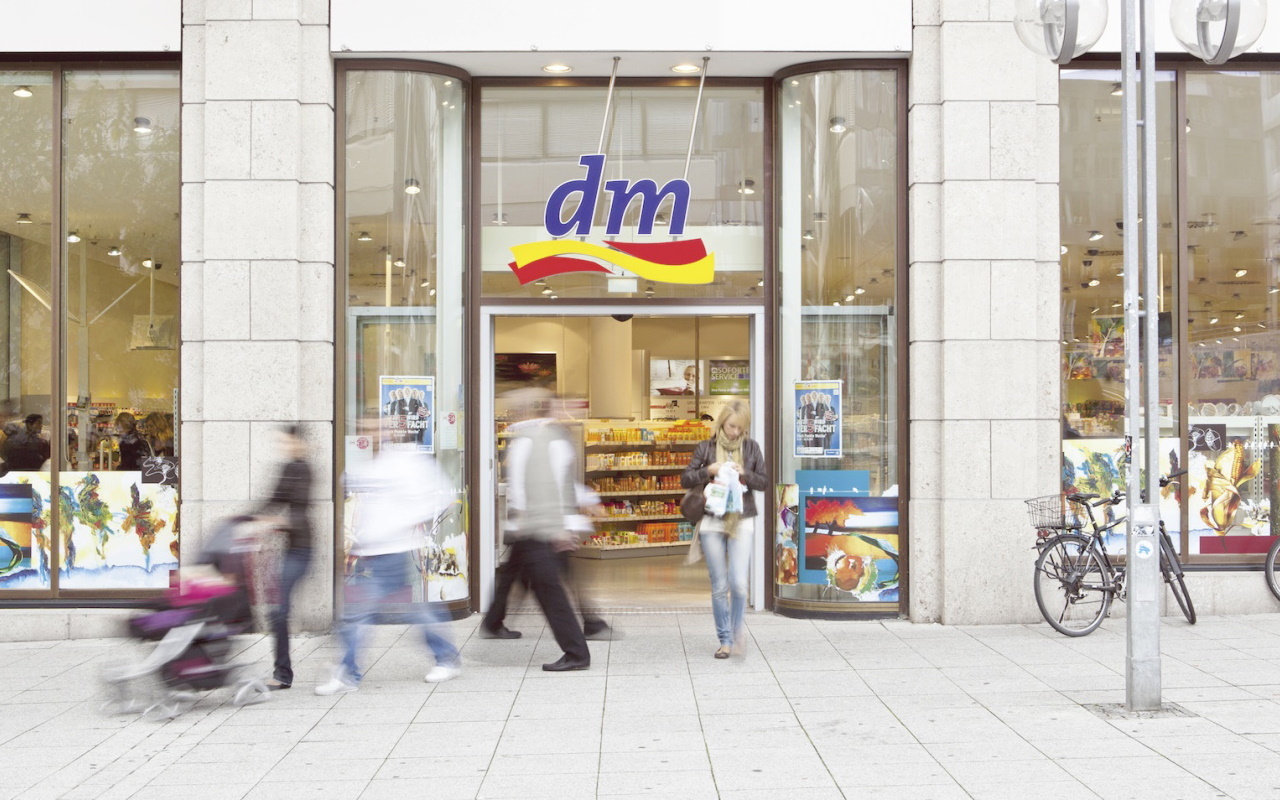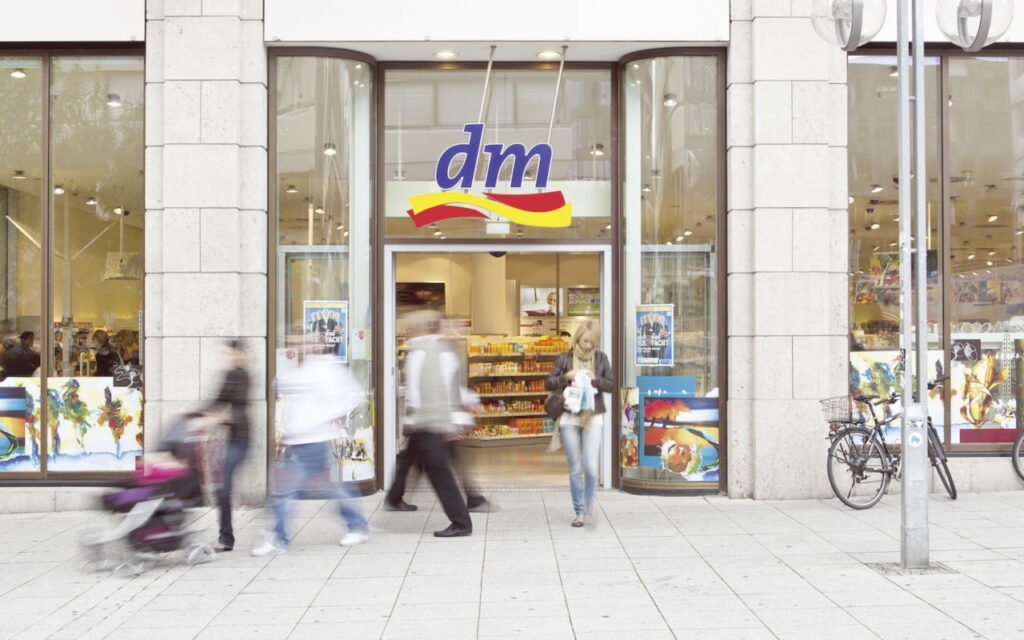Generating Capacities, Managing Growth

Integrative Network Planning at dm-drogerie markt
“Integrative. Intelligent. Automated.” That’s the vision of the logistics infrastructure with which German drugstore giant dm-drogerie markt sought to revolutionize how it supplies its retail locations. Siemens Digital Logistics turned this vision into reality by analyzing and developing the logistics network archi- tecture. A digital twin of dm’s supply chain made it possible to simulate various develop- ment scenarios as the need for capacity grew. The result of this innovative project not only empowered dm to manage its skyrocketing growth in volume—it also attracted the attention of the German Logis- tics Association (BVL) and earned the company the German Award for Supply Chain Management 2020.
“We partnered with Siemens Digital Logistics to develop a functioning digital twin of our network—elevating the quality of our
Christian Bodi, Managing Director for Logistics dm-drogerie markt
planning to a whole new dimension while enabling the strategic evolution and tactical optimization of our network.”
Challenge
More flexibility in the stores, sustainable solutions for a complex retail network: As the “Integrative. Intelligent. Automated.” project unfolded, it became clear that, in addition to the digital twins replicating key factors in dm’s retail stores, a digital twin of the logistics network would also be helpful. The challenges that arose were regularly met with responses at the tactical level. The ideal solution should be able to play out detailed, standalone use cases. The vision called for an integrated use case environment that could simulate and optimize the entire dm network and all logistics processes in a digital twin.

Solution
Siemens Digital Logistics created a digital twin of the network using its Supply Chain Suite (SCS)—simulating growth scenarios, forecasting capacity reserves, and optimizing the supply of the retail locations for maximum reliability and cost-effectiveness. Scenarios were developed and analyzed in close cooperation. Simulations were run in the digital network of alternative strategies such as greater centralization, varying service levels for the stores—even the impact of adding more sites. The first use case in SCS addressed questions relating to the supply of the stores. This was followed by additional use cases that zeroed in on the optimal packaging unit, logistics costs at the product level, the ideal sequence for preparing items for storage, and more. Some of the use cases were set up by Siemens Digital Logistics in partnership with dm, others by dm itself using SCS.
Success
Today, dm uses the Supply Chain Suite with an adaptable digital twin covering core processes—areas of tactical decision-making crucial to optimizing supply chain management. Following the positive experience in Germany, some of the use cases were also rolled out to Austria and other countries. The joint strategy and the insights it has given into capacities have helped dm organize, streamline, and cost-optimize how it utilizes its existing site capacities while building up interim capacities and opening a third distribution center in Wustermark on schedule.


